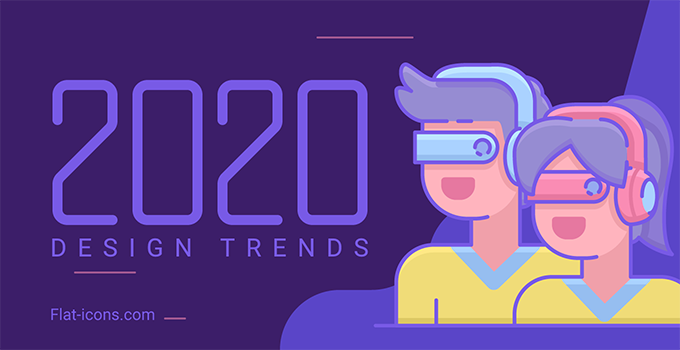In terms of image formats, there are two kings of the hill in the world of digital imaging: the PNG and the JPG (or JPEG) formats.
The vast majority of images you will see around the web are either the former or the latter (JPG vs PNG), and to an inexperienced eye, the differences may look negligible.
However, these two formats are not identical, neither in terms of data, compression, and size nor in terms of quality.
Each image type comes with its own benefit and advantages, and it’s designed to fit in specific circumstances, such as the need for lossless compression, a smaller file size, high image quality, background transparency and much more.
Regardless of whether you’re an experienced web designer or an amateur who wants to tell the difference between JPG vs PNG out of mere curiosity, our article will explain everything in deep detail.
What is JPG?
The JPG is an image file extension that stands for Joint Photographic Experts Group – the team that developed it back in 1992. It’s nearly the same thing as a JPEG image.
This bitmap compression format is used to make huge photographic files smaller and share them between people.
Pictures are lossy compressed with a ratio that ranges between 10:1 and 20:1., but the image quality is preserved well enough (although it is always lost to some extent). In a nutshell, if you compress a 100MB image to a 10MB one, the loss of quality is practically negligible.
If you compress it to 20MB, a trained eye may spot that difference. The compression algorithm known as discrete cosine transform (DCT) checks which pixels in the image are similar to the others around them, and merges them together in entities known as tiles.
Pros & Cons of using JPG
The biggest advantage of JPG files is, quite obviously, the great ratio between image compression and quality.
For example, if you’re designing a website, smaller images mean quicker loading times, and each second can make the difference. Also, if you need just to shrink an image file to save space, JPG is the format you want to go for.
However, the compression is lossy, meaning that each time you save a picture, you can’t recover the data that was lost. In fact, JPG is not the ideal format for archives since each time you edit them you will lose some quality.
Also, for illustrations with sharp lines or a lot of text, the loss of definition can make them blurry or pixelated.
What is PNG?
PNG stands for Portable Network Graphics, a raster graphics file format that was created in October 1996 and defined in RFC 2083.
It was originally designed as a better performing alternative to the classic Graphics Interchange Format (GIF), which was marred by several limitations. Instead of using a DCT compression, PNG images share the same compression used by TIFF and GIF formats – the two-stage LZW.
This compression works by taking a string of data inside the image and matching them with a series of shortcodes found in a codebook that is stored within the picture.
As a result, the compression occurs without loss, making the PNG a great candidate for image archiving. PNG images can also be streamed with progressive display options for online viewing applications.
Pros & Cons of using PNG
As we already said, the compression of PNG images is lossless, meaning that they can be saved over and over without losing any quality, even if the image is very detailed and with a highly contrasting color palette.
In fact, this is the preferred format for screenshots since it doesn’t compress pixel groups together but provides a completely faithful representation of the actual screen.
Probably, the most known feature of PNG images, however, is that they support transparency. This means that you can use a transparent background instead of a white one.
The cons? Well, the first and most important one is that PNG images are usually much larger than JPG ones – and if you need to save space or require quick loading time, this is a big no-no.
Also, PNG lacks support for EXIF data, which includes precious information coming from the camera that captured the picture such as ISO, shutter speed, aperture, etc.
JPG vs PNG – Which Image Format to use?
The choice of whether is better to use a JPG or PNG ultimately depends on what you need to do with that image.

Here are some examples where JPG is preferred:
- Pictures that you need to share on social media (Facebook, Twitter, etc.)
- Images used for websites, blogs, online magazines where faster loading time is paramount
- Small resolution pictures where quality is not so relevant
- Images that must be uploaded on third-party services where other formats may not be supported
Here are some examples where PNG is preferred:
- Long-term image archiving
- Images that need a transparent background
- Images with the best quality possible
- Company logos that can be easily imported and exported
Conclusion
The bottom line is that you must make peace with the fact that in image file formats, you can’t find a one-size-fits-all. Depending on the different circumstances and needs, both PNG and JPG formats are valid alternatives.
However, we hope that our article provided you with all the information you needed to make an informed decision and select the right file format on a case per case basis.
What is the difference between JPG and PNG?
The difference between JPG and PNG is the algorithm they use to compress images. JPGs tend to be smaller, but they use lossy compression, meaning that each time you save them, you lose some quality. PNGs are larger, but there’s no loss of quality.
Is PNG or JPG better for Instagram?
Usually, the JPG format is the preferred one for Instagram since it supports high resolutions while remaining a relatively small file size. However, if you need to apply transparency to your picture or logo, a PNG may be the better option.
What is the highest quality image format?
The highest quality image format available is the TIFF since all images are uncompressed. PNG images use a lossless compression format, so when they’re compressed for storage no quality is lost.
Which is better for printing JPEG or PNG?
PNG images are optimized for the screen and may perform poorly when used for physical printing. JPGs should be preferred at all times. Just make sure to use high-res files with low compression to avoid quality loss.






![20 best marketing design tools for brand promotion and social media content [2024] 9 List of best tools for marketing design](https://flat-icons.com/wp-content/uploads/2023/10/Best-Marketing-Design-Tools-768x395.png)


